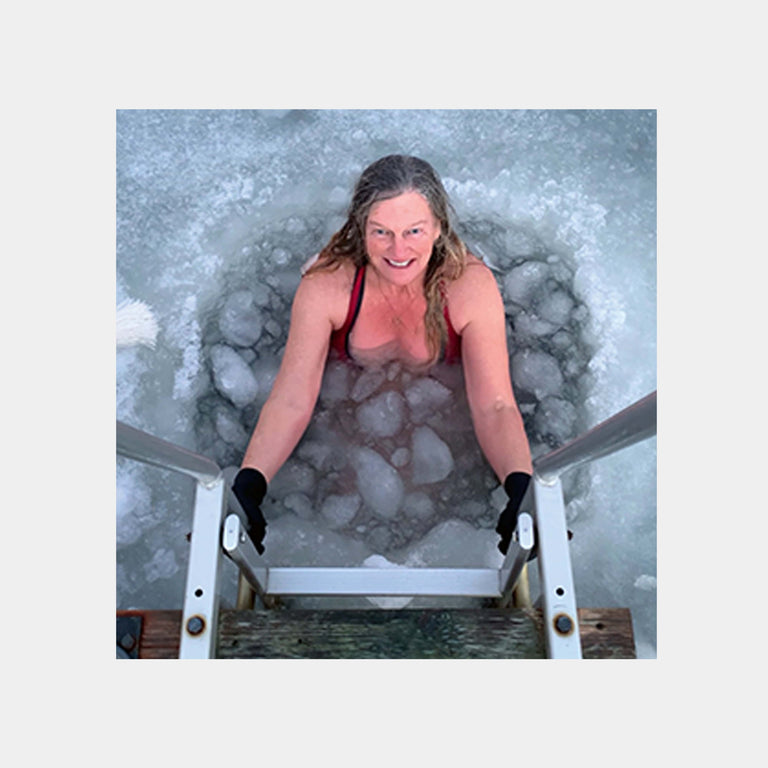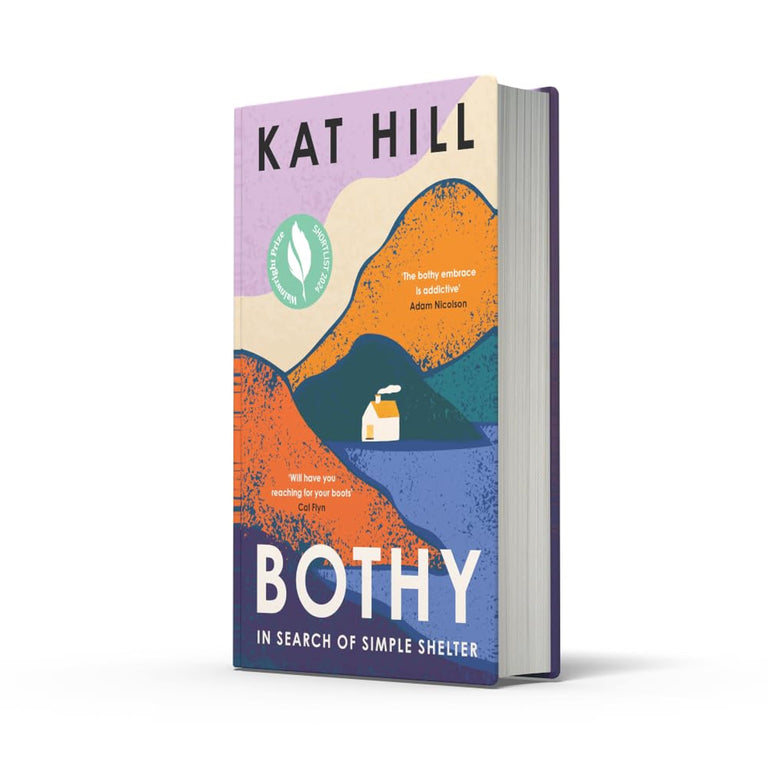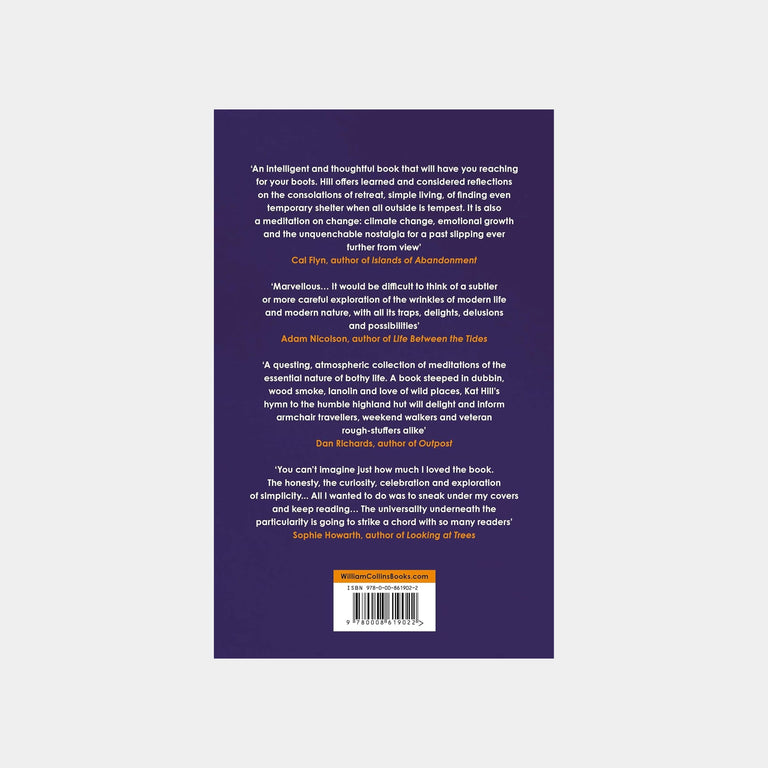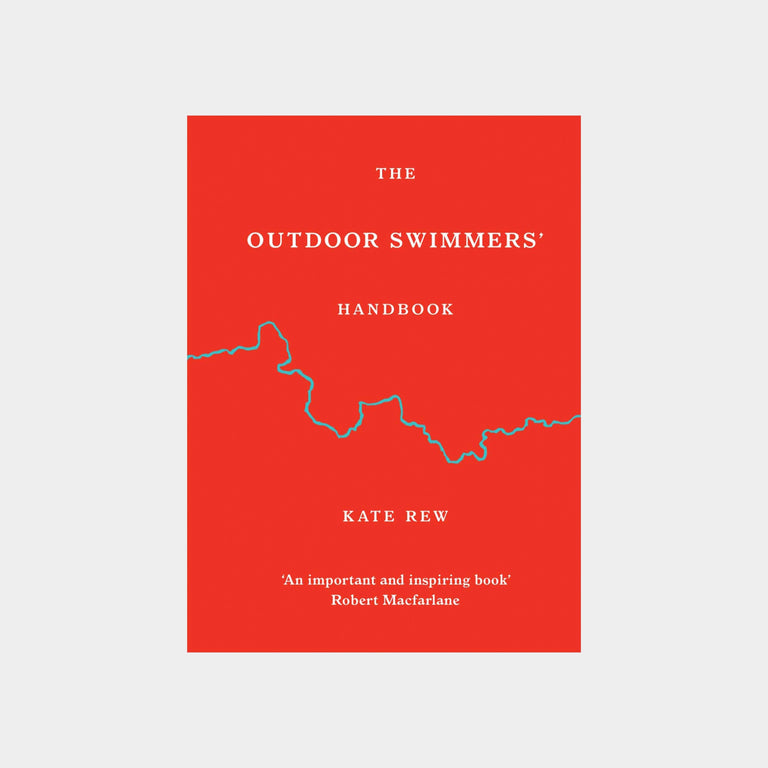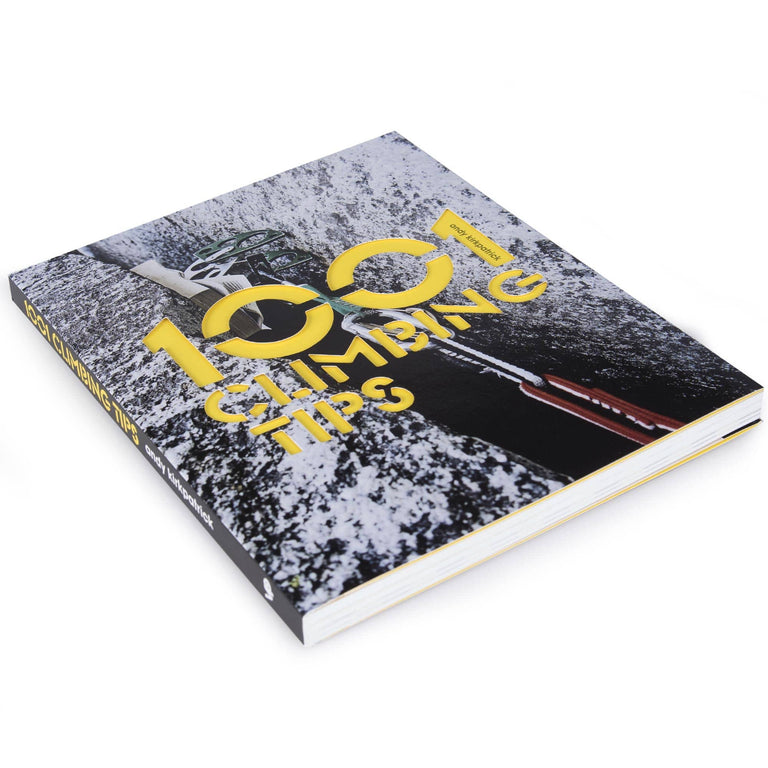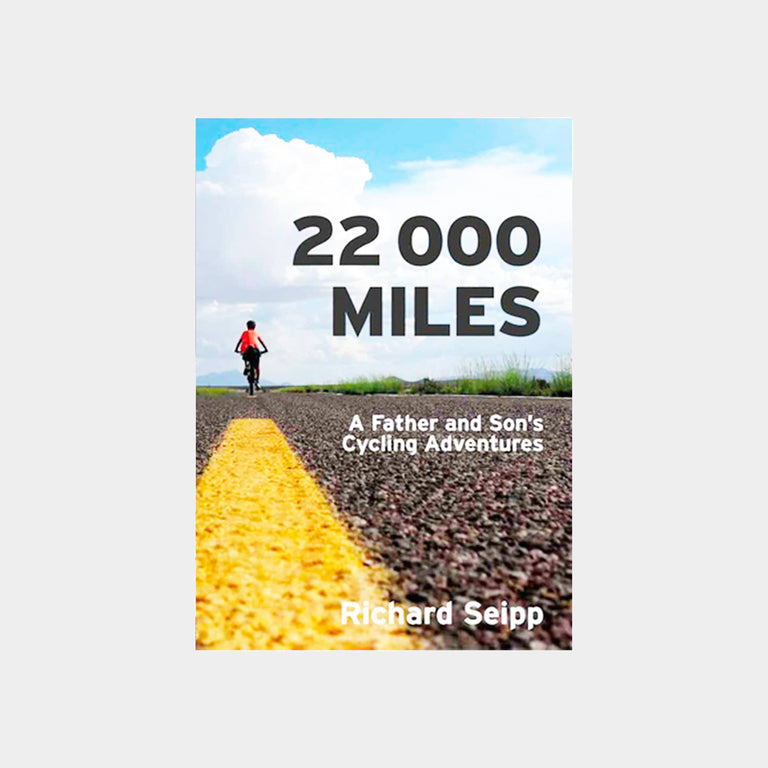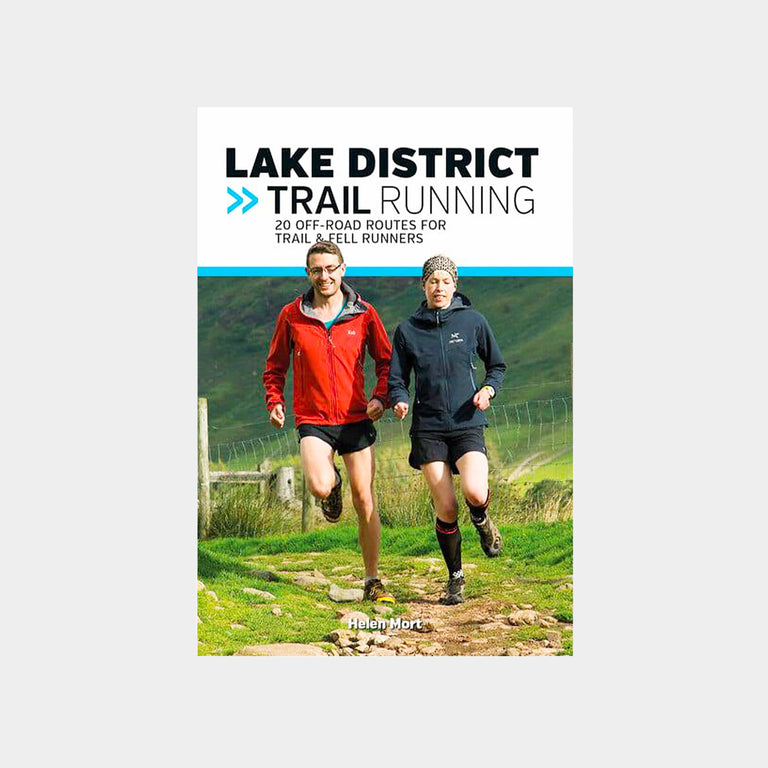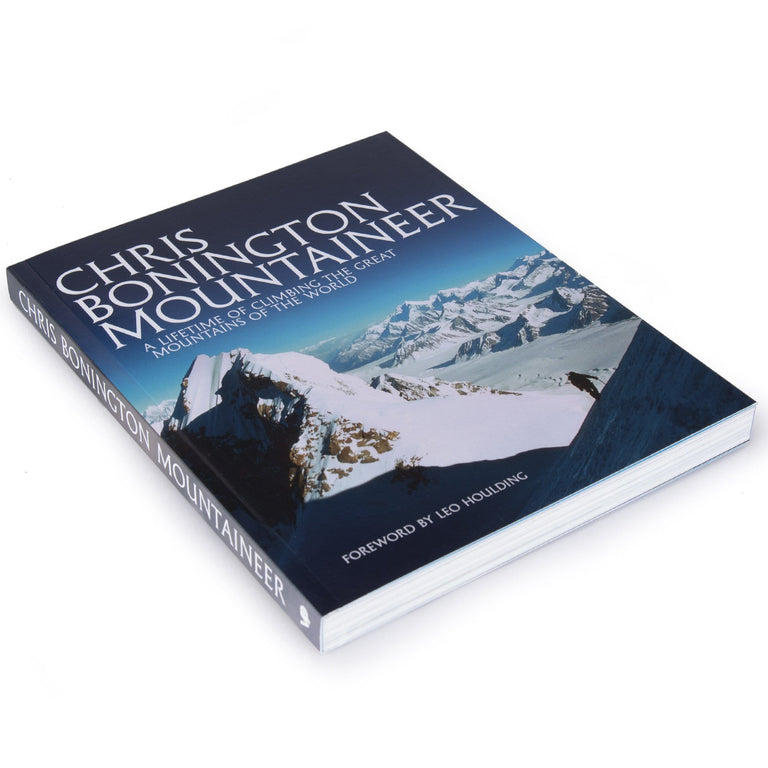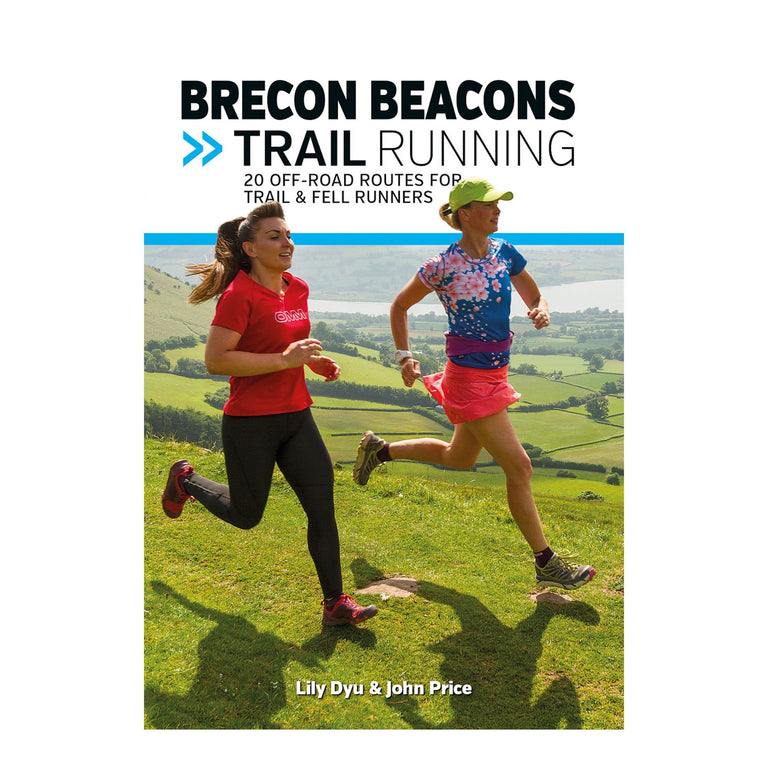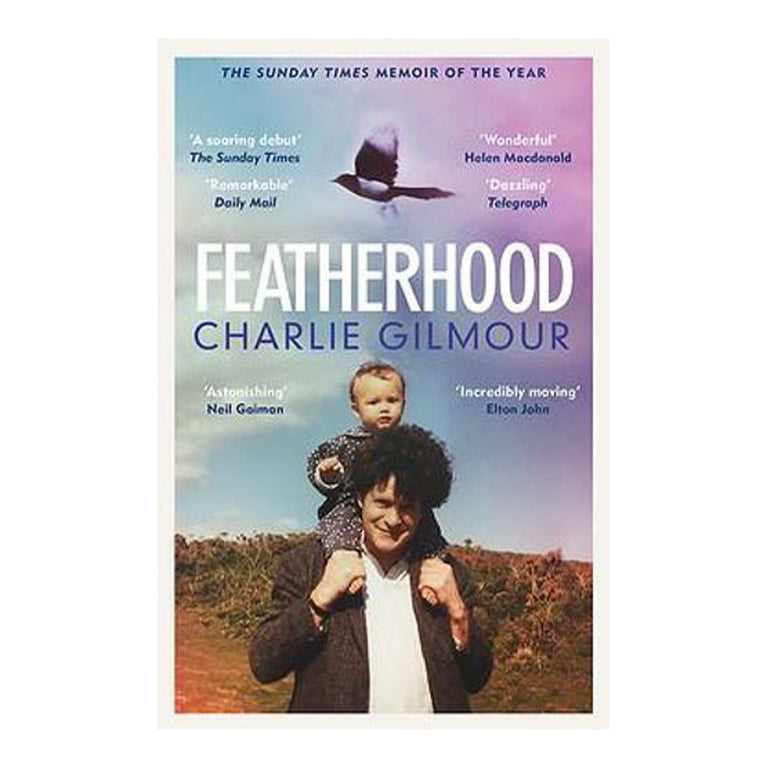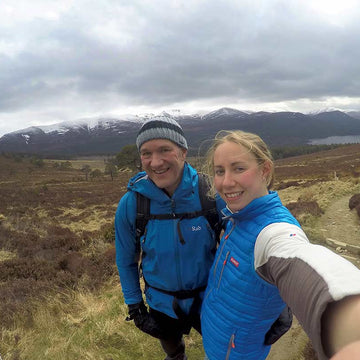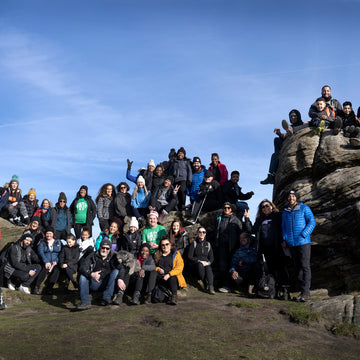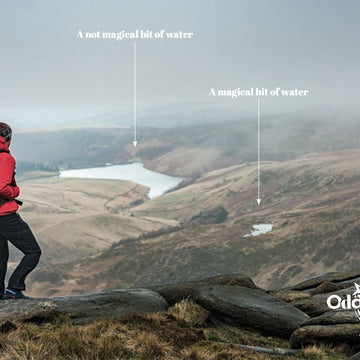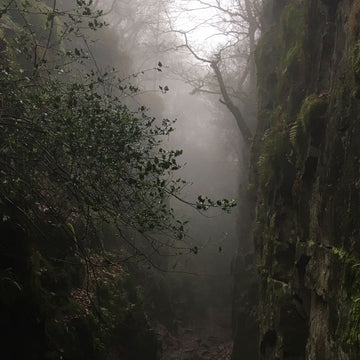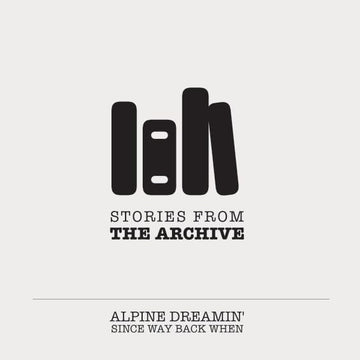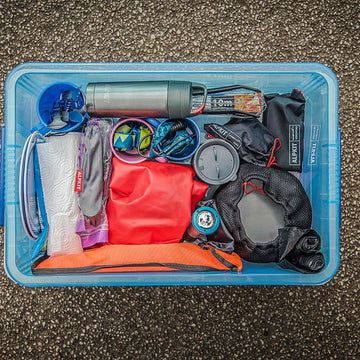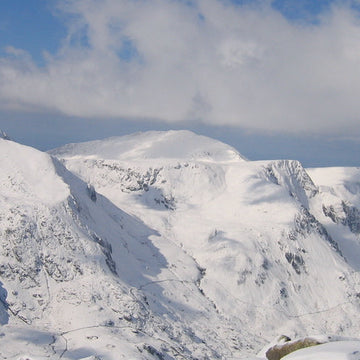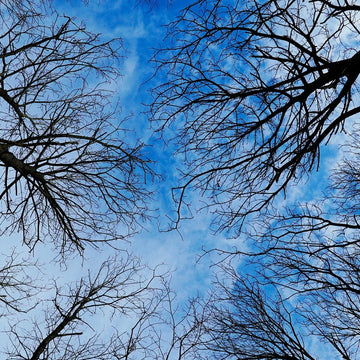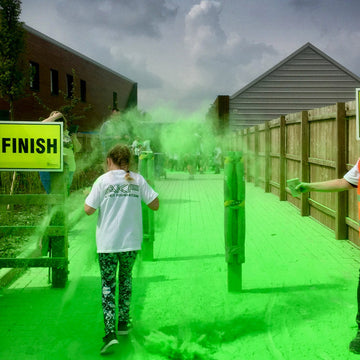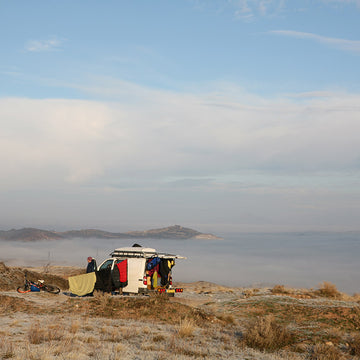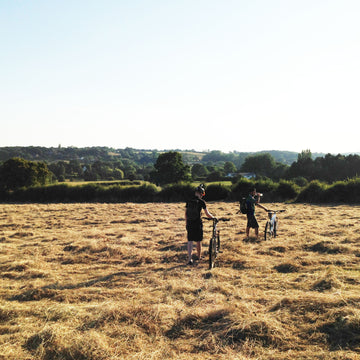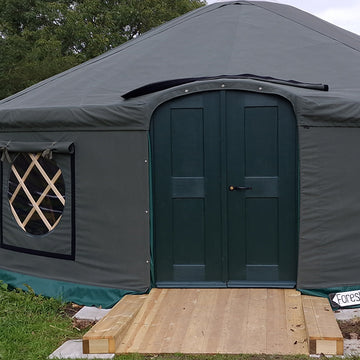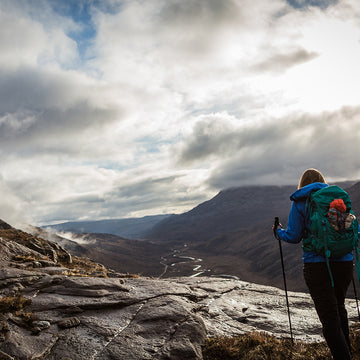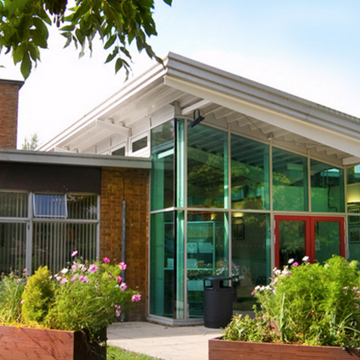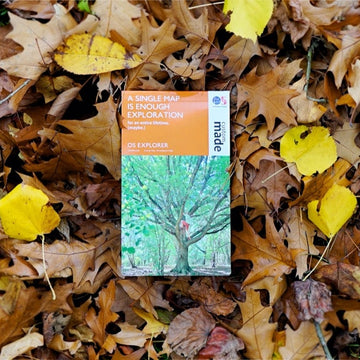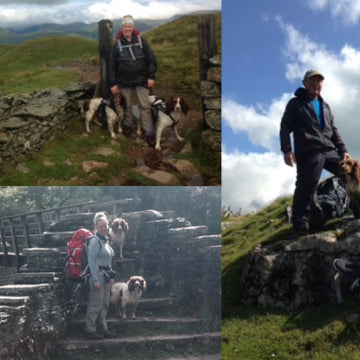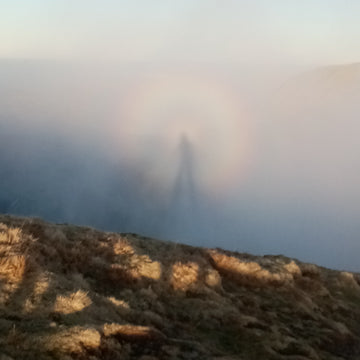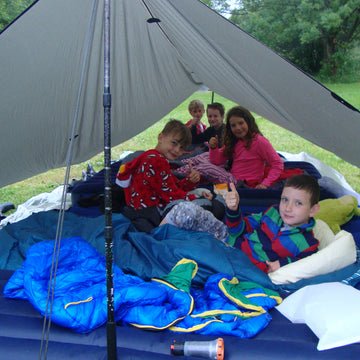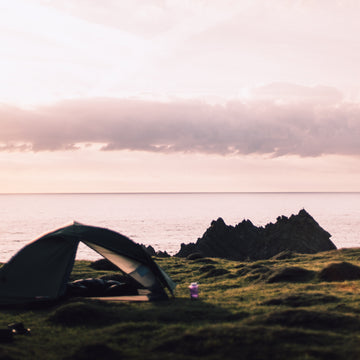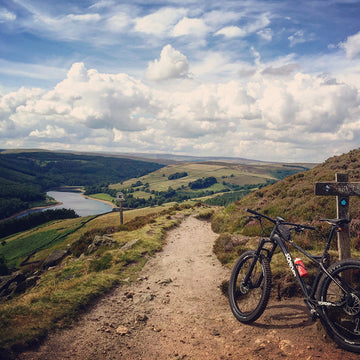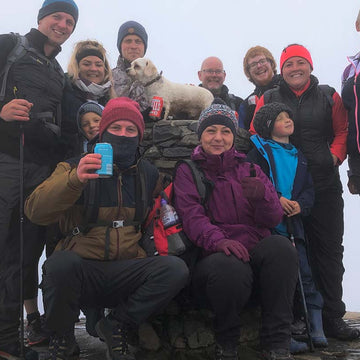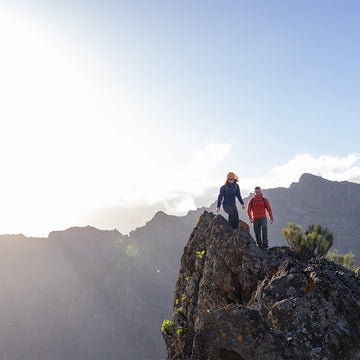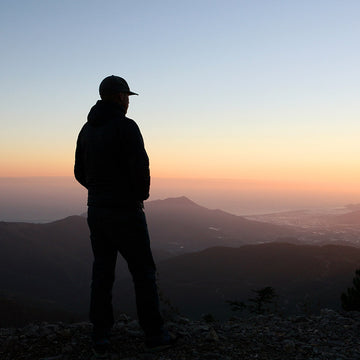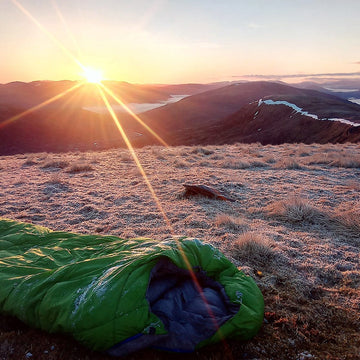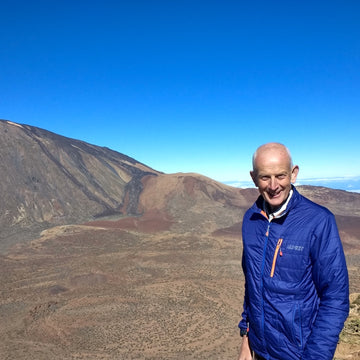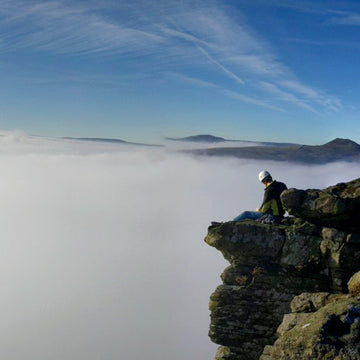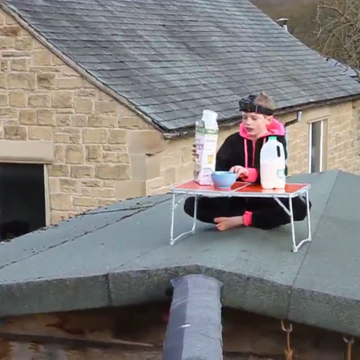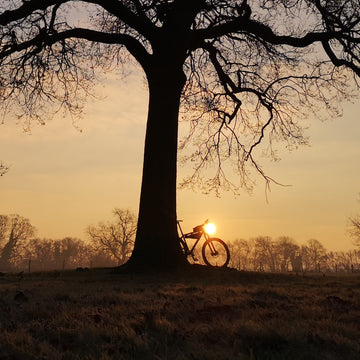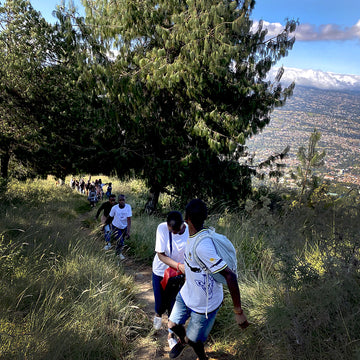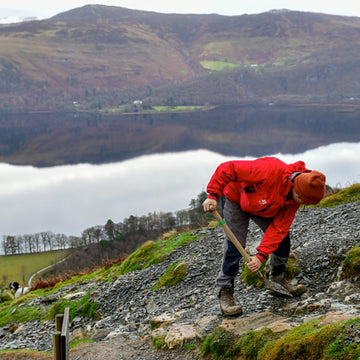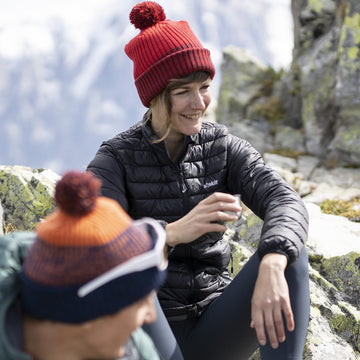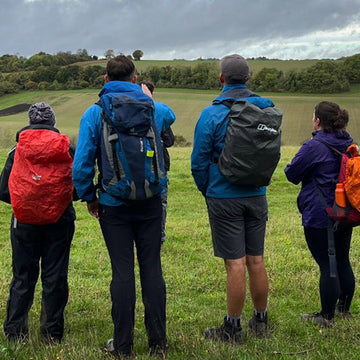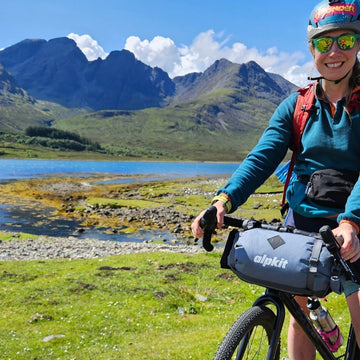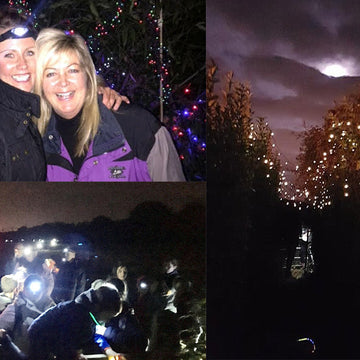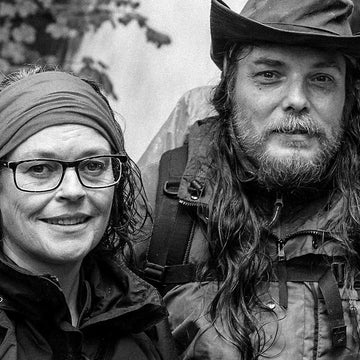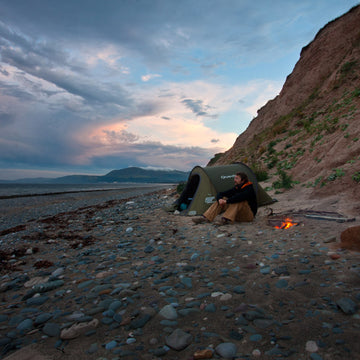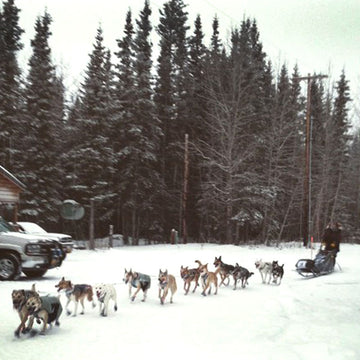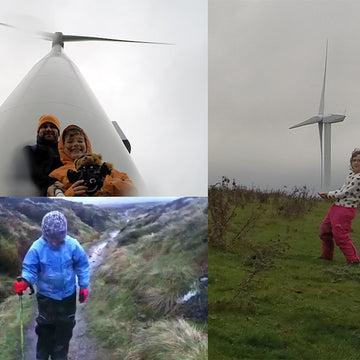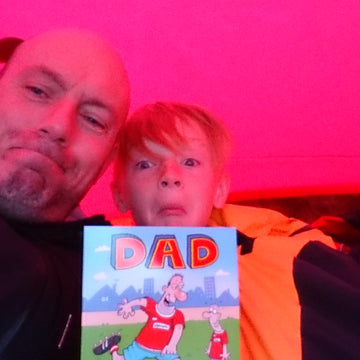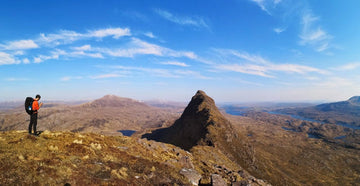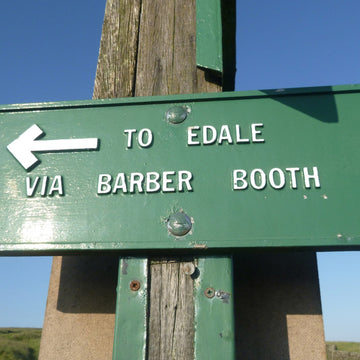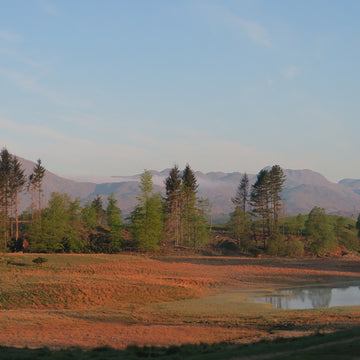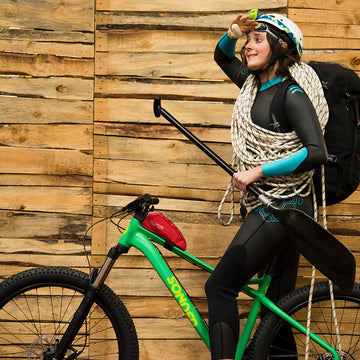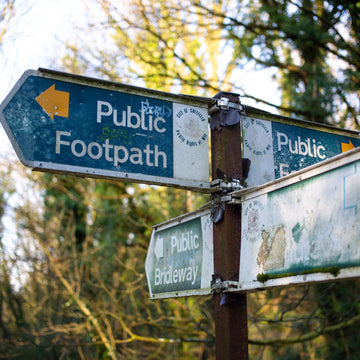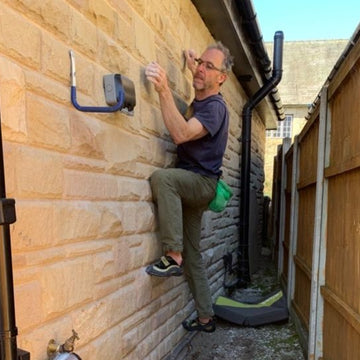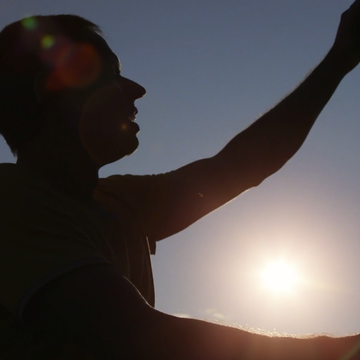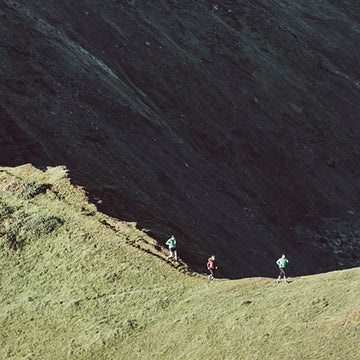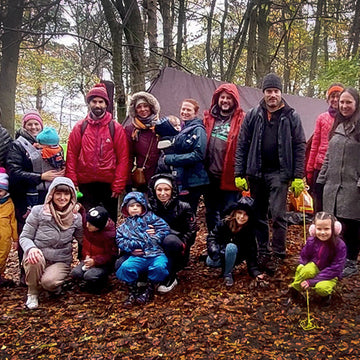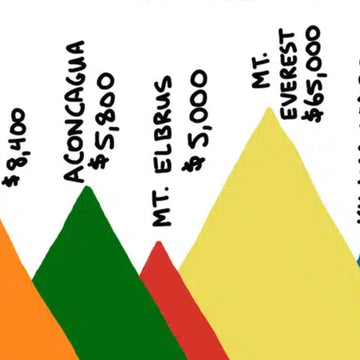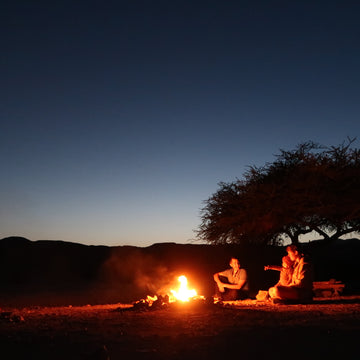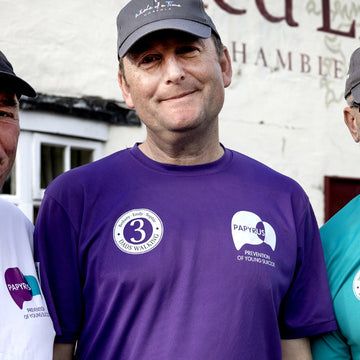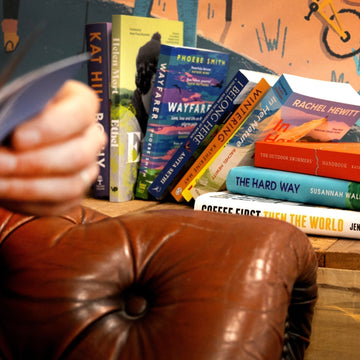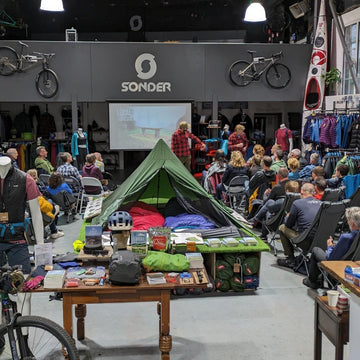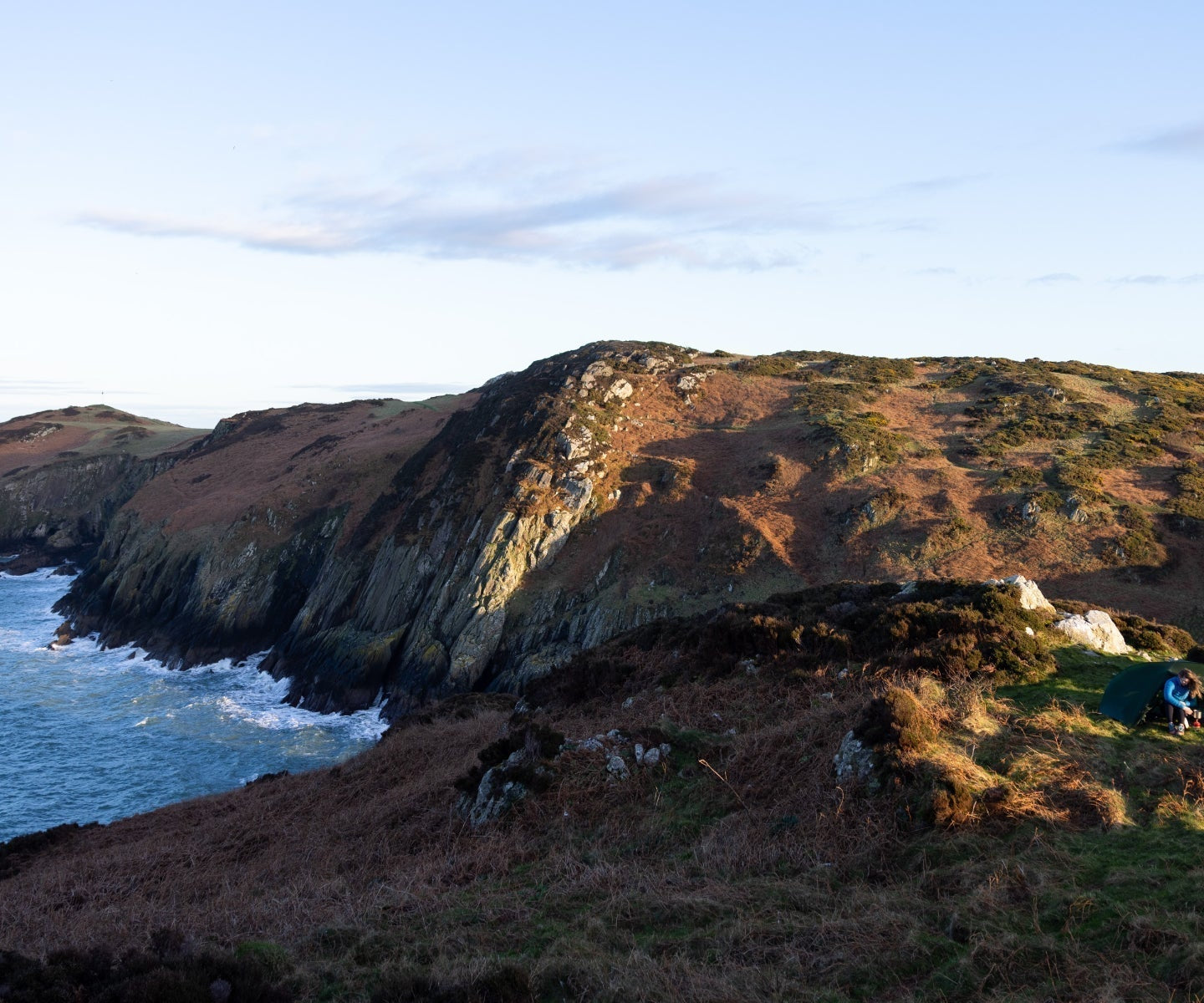
Leave no trace while wild camping. Find out how to respect nature and others by following our guide to wild camping and bivvying responsibly outdoors.
We’re advocates for leaving a trace. Whether we like it or not, we will all make our mark on the earth - so let's leave a good trace on the planet. When it comes to sleeping outdoors, here are the Alpkit team’s tips on being a respectful wild camper. The aim? To only leave a patch of dry grass where you’ve slept.
10 tips to camping off the beaten track
- Where to camp
- Check the area when you leave
- Avoid fragile animal habitats
- Protect trees
- Wash up
- Arrive late, leave early
- Be discreet
- Toilet etiquette
- Fire safety
- Litter
How to choose where to camp

- In the UK, it’s only legal to wild camp in Scotland. Everywhere else, you need the landowner’s permission. Pick a point as far away from habitation as possible so you’re not disturbing anyone.
- Stay out of the view of paths.
- Find somewhere flat and dry, to avoid soggy bottoms and unwanted in-tent-sliding.
- Think about shelter from rain, wind and cold. Exposed areas can be breezy but some wind can keep the midges away! And a top tip from our photographer, Joe: it’s often cold near bodies of water. So if you’re wanting to stay warm, stay away!
- Sheltered nooks and crannies are great for keeping away from people.
For more advice see our Ultimate Guide to Wild Camping.
Check the area when you leave
Double check, triple check, quadruple check that you haven’t left any ridgelines or cords up between trees. It’s easy to do! Especially when you’re in a rush. But they can be dangerous for people and animals moving through the area. It’s not just dangerous for everyone else – it gets expensive for you to replace kit, and it counts as litter.
Avoid fragile animal habitats

Don’t camp anywhere that’ll affect livestock. That’s dwellings, gardens, farms and some moorlands. In spring and summer, you could disturb ground-nesting birds on moorland. And in the words of our team: “avoid disturbing animals in winter, they have a hard enough job finding food without having to burn calories running away from humans looking for a place to drop a sleeping bag for the night”. We don’t need to make their lives harder just for a midweek bivvy!
How to protect trees while hammocking

If you’re rigging hammocks from trees, take tree protectors to prevent ringbarking (also known as girdling). These can be Velcro tree protection panels that prevent the bark from damage. We recommend using webbing to set up your hammock instead of rope or cord for the same reason. Our E-Commerce Exec Dan advises not to repeatedly use the same trees every time you go hammocking to prevent them from further damage. Those poor trees deserve a rest too!
He also recommends, if you’re hunting for firewood to set up your campfire, never cut branches from live trees. Freshly cut wood is full to the brim of sap. It doesn’t burn well, and it’ll make for a very smokey campfire. Not worth it.
How do I wash up after camping?

“Use 100% natural multipurpose soap for washing so you're not adding any nasty chemicals to the water sources.”
We strongly advise against washing up in a stream. It’ll contaminate the water that other people might be drinking from. Just collect some water (in your pan, or your camping sink), do your washing up elsewhere, and pour your grey water away onto dry land to minimise damage. Easy peasy!
Arrive late, leave early
It causes minimal disturbance to others and means you’re not as likely to be spotted by passersby!
Be discreet

To be discreet while camping, pitch out of the line of sight of major footpaths. That’s even easier if you’re following our advice about arriving late and leaving early. Leave nothing but a dry patch of grass when you leave.
How do I go to the toilet when wild camping?
Grab a lightweight trowel and wander away from your camp spot. You want to be away from your water source and your bivvy. Dig, dig, dig! Do your business. Cover the hole with earth – not a rock as this prevents biodegradation.
How do I light a fire safely when wild camping?

In the UK, it’s best to avoid lighting a fire unless in designated areas. They can spread rapidly, causing a threat to biodiversity, people and properties. Our Alpkit advice is, if you really have to do it; check for fire bans, keep water close by to extinguish it if it gets out of control, dig slightly down into the ground to find some damper ground, line the outside with stones and flatten any overhanging grasses or bracken which could catch fire. Never leave a fire unattended.
What do I do with my litter when wild camping?

If you carried it in, you can carry it out. This includes food which doesn’t decompose as quickly as we think. It just disrupts the ecosystem and the aesthetics. An empty dry bag doubles as a great litter bag: A top tip is to turn your litter drybag inside out. This keeps dirty, wet, saucy, or crumbly rubbish from getting the rest of your kit messy.
It doesn’t just stop at your own litter. You can even leave a spot better than you found it! Another team tip is to line your dry bag with a bin bag so you can pick it out and dispose of it when you get home.


